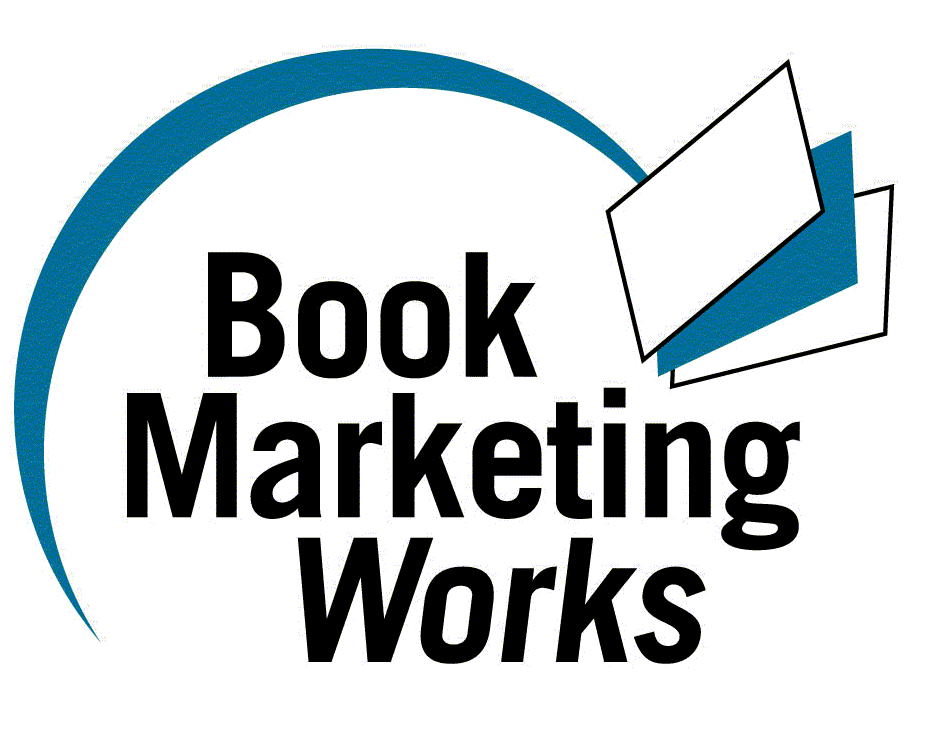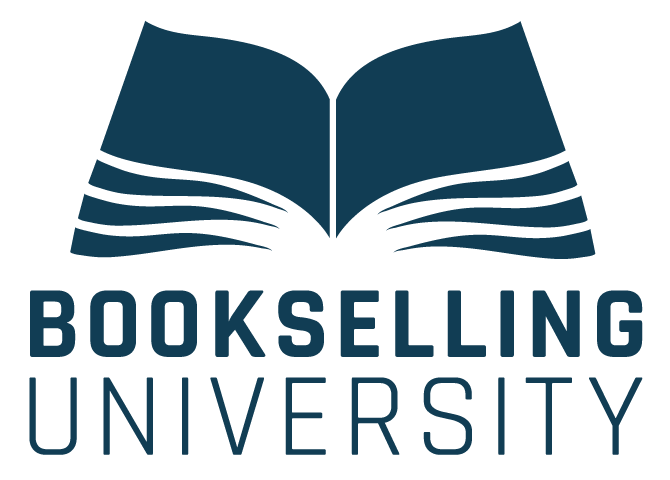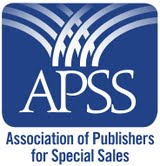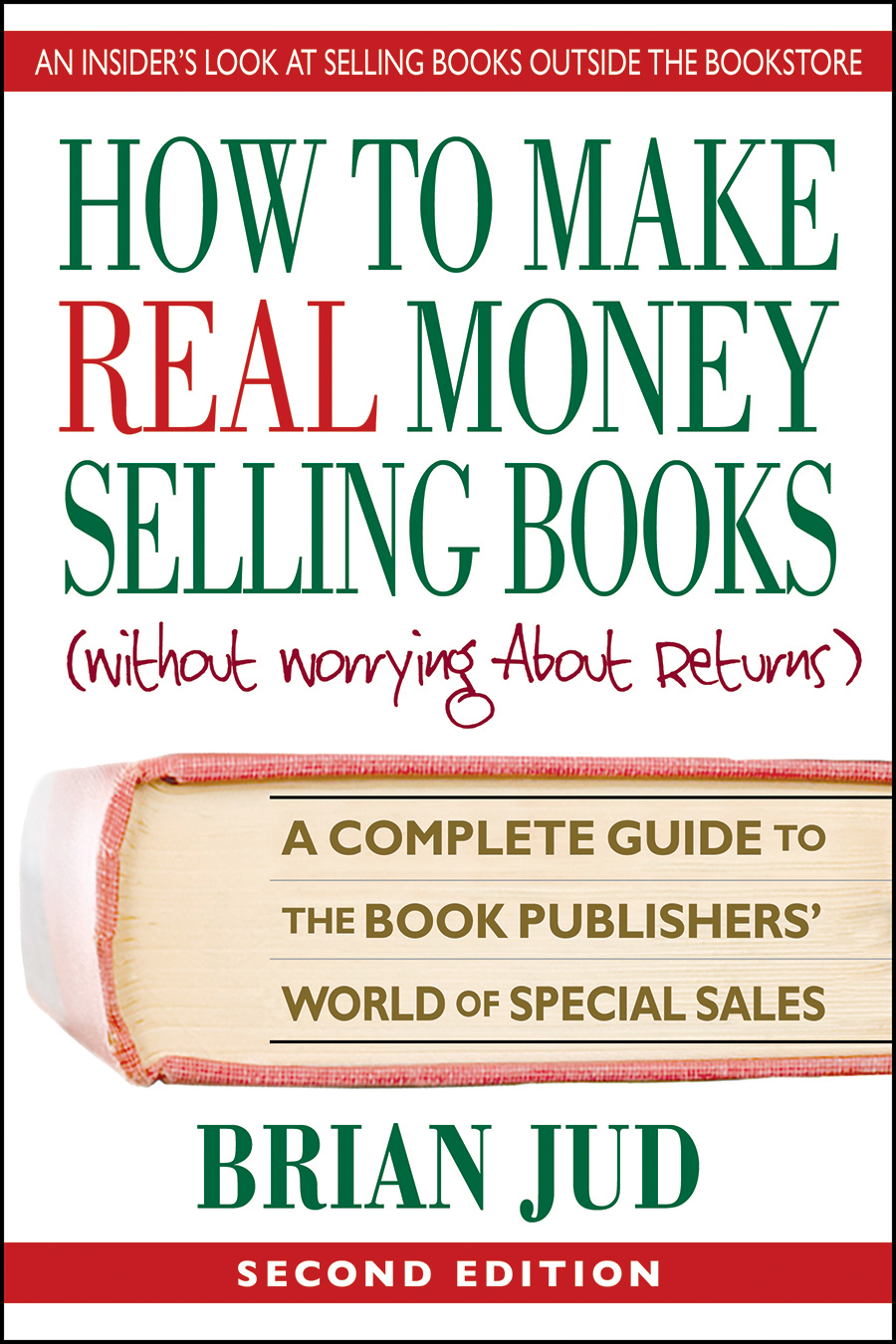The
Phantom of the Oprah
By Brian Jud
As a
book-marketing consultant, people come to me with their marketing plans in
hand, asking how I can help them implement it. Unfortunately, in many cases
their entire marketing plan consists of getting on the Oprah Winfrey Show.
“Once I’m there,” they dream, “the people in her audience will love my book and
I’ll sell millions of them.”
This
kind of fantasy marketing can cause authors to fail. First of all, an
appearance on The Oprah Winfrey Show (or any show) does not guarantee
sales. If the guest does not perform properly the exposure is lost. And the “millions of books” must be on hand.
That requires printing them and getting them on the shelves before your
performance.
There is
no quick fix when it comes to selling books. Consumers take their time making
decisions about what they will buy, and they must reach a certain comfort level
before they will part with their money. It is not enough for them to see you or
hear about your title one time. People have to be reminded about it by being
exposed to your message repeatedly.
A consistent, coordinated communication
program will help speed this along. As potential customers hear about your book
more frequently, they will recognize (and buy) it in airport stores, bookstores,
book clubs, mail-order catalogs or supermarkets. This process takes time to
unfold, but your efforts will succeed if you tell enough people frequently that
your book is available and why they should buy it. In the end, you
realistically can sell many books, more profitably.
Promote with an array of devices and
media
Book promotion is like being an
archer with four arrows in your quiver. The likelihood of hitting the target is
four times greater than it is with one arrow. The four arrows in the book-marketer’s
quiver are publicity, advertising, sales promotion and personal selling.
Publicity
Publicity can spread a message quickly and at low cost. Although most
authors use publicity primarily to get on the air, you can also use publicity
effectively to reposition a product, enter a new
market, introduce a new product, extend a limited promotion budget,
repetitively inform target audiences about the benefits of your titles, create
company and brand identity and loyalty, and publicize events to attract more
people.
Advertising
Advertising
can reach many consumers simultaneously with the same message, with a
relatively low cost per exposure. It can increase awareness of your titles and
educate people about why they should buy them. In general, the return on your
advertising expenditure is not immediate. One ad will usually not pay for
itself, since the benefits of advertising accrue over time as readers are
reminded repeatedly about your titles.
There
are different types of advertising to consider. Awareness advertising
alerts consumers that your title is available and directs them to places in
which they can purchase it. Direct-response advertising provides a means
to purchase your books directly. Cooperative advertising is a joint
promotion that can reduce your costs.
Sales
Promotion
Sales
promotion includes useful items that serve as a constant, favorable reminder of
your titles. Typical examples are bookmarks, giveaways (key chains, pens,
etc.), brochures, games, point-of-purchase displays and coupons for generating
awareness and stimulating demand through short-term price campaigns.
Personal
selling
Personal selling is having one-on-one
contact with prospective buyers. This occurs at trade shows, booksignings, during personal presentations,
networking at BEA or other association meetings and by participating in an
online discussion group. In special-sales marketing you are heavily involved in
selling directly to people with purchasing power. This may be a buyer at a
museum, a drug store, an association or a large company.
You can use these four promotional tools at
different times to accomplish your goals. Your job is to determine when and how
to use each to optimize your sales. For example, suppose your author is about
to conduct a promotional tour. It will be more successful if you accompany the
events with an awareness campaign. This might include an enlargement of the
book's cover featured in bookstores (sales promotion), press releases sent to
the local media (publicity); post cards mailed to prospective customers
(advertising) or media appearances promoting the occasion (personal selling).
Success using this synergistic approach is more likely if you match your
activities to:
1) The life-cycle stage of each title.
If your title is in its introductory stage, mass communication techniques
should be emphasized. Initially, people need to know it is available. In the
growth stage, they need to be reminded about why it is in their best interest
to purchase it.
2) The personality of your authors.
Authors who loathe media appearances might be better suited to a promotional
mix heavy in direct mail, publicity and advertising. Others may thrive on
national exposure and excel in performing on the air and in personal
presentations.
3) The nature of your product line. A
list heavy in fiction lends itself to a mix weighted toward sales promotion,
publicity and advertising where mass communication's low cost per exposure
stimulates demand most efficiently.
4) The nature of your markets. A
nonfiction title destined for a tightly defined market niche profits from
personal communication, perhaps augmented with a targeted campaign of direct
mail, publicity and advertising.
You have
many marketing strategies and actions at your disposal. These can be
manipulated and applied in many different combinations with varying results.
That is the good news. The bad news is that these can be manipulated and
applied in different combinations with varying results. There is no one best
promotional strategy that works all the time for everyone. Experiment with a
variety of strategies and actions to determine what works best for you, for
your unique product line at this particular time. Try different approaches,
evaluate the result and make corrections as necessary. Then try something else.
Eventually your efforts will pay off and you may even sell as many books as if
you had appeared on Oprah.





